I wonder what advantages (regarding noise or other important factors) the opamp circuit:

holds over a circuit consisting of only a photodiode and a resistor (the resistor has to be placed where the voltage (V) is):
The math should be the same: $$ U_{out} \propto R * I_{photodiode} $$
I'm curious what your ideas are.
P.S.: I want to use a circuit to pass a voltage proportional to the photodiode current to the ADC of an µC.

